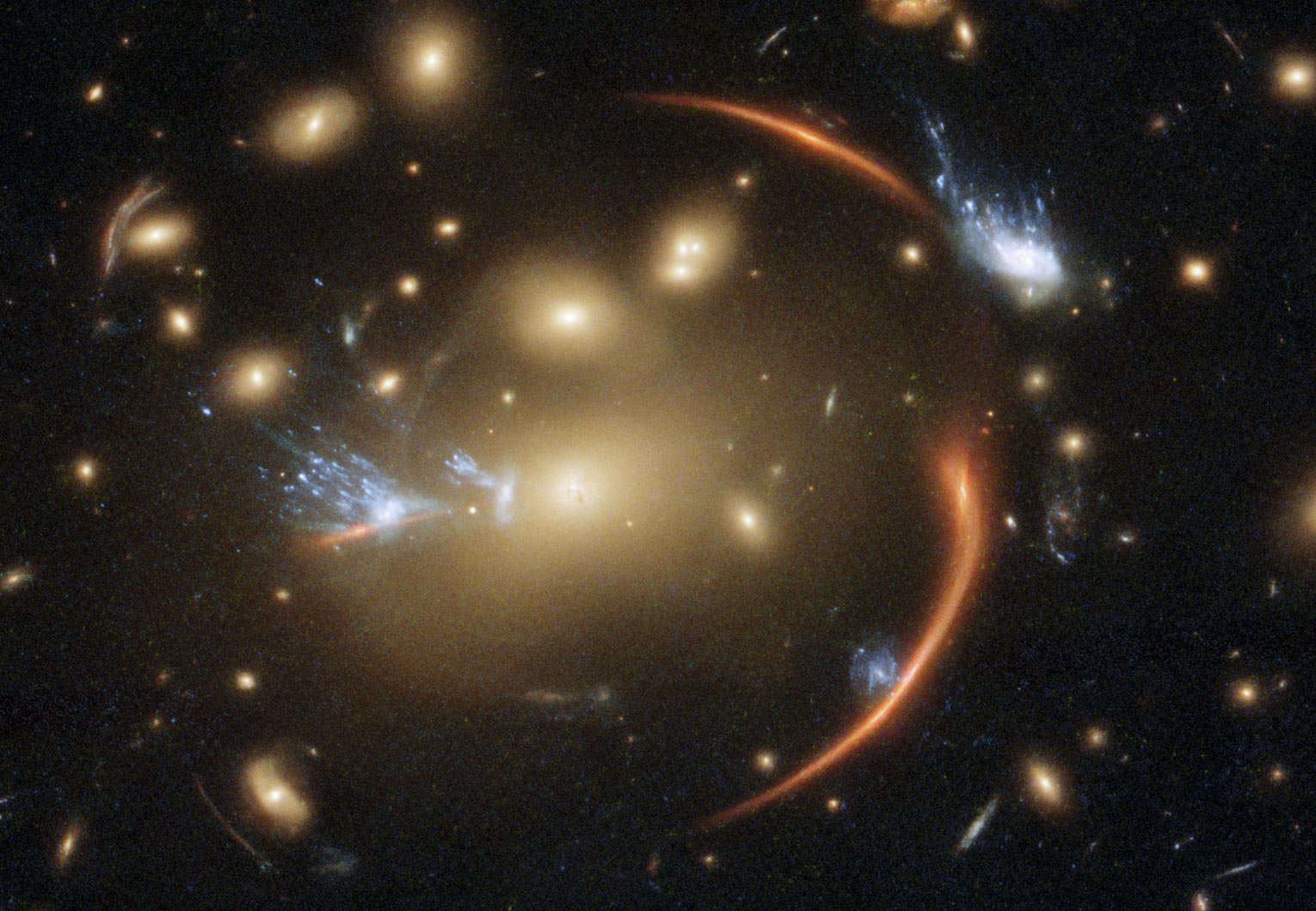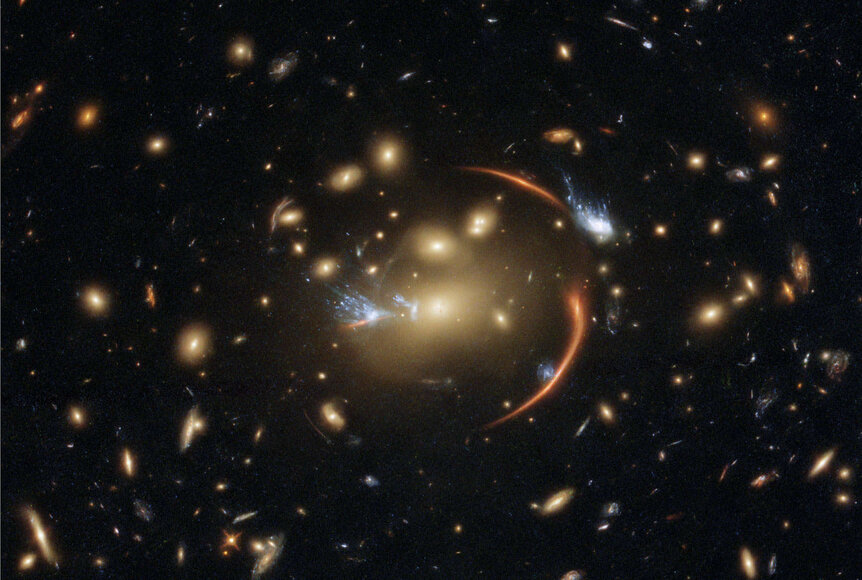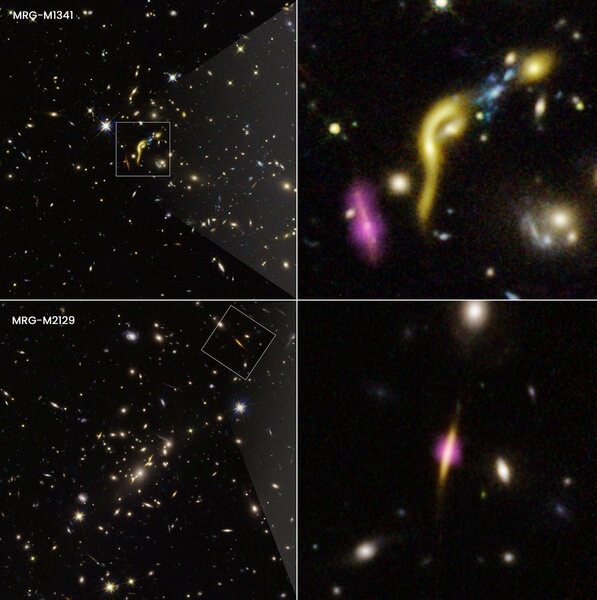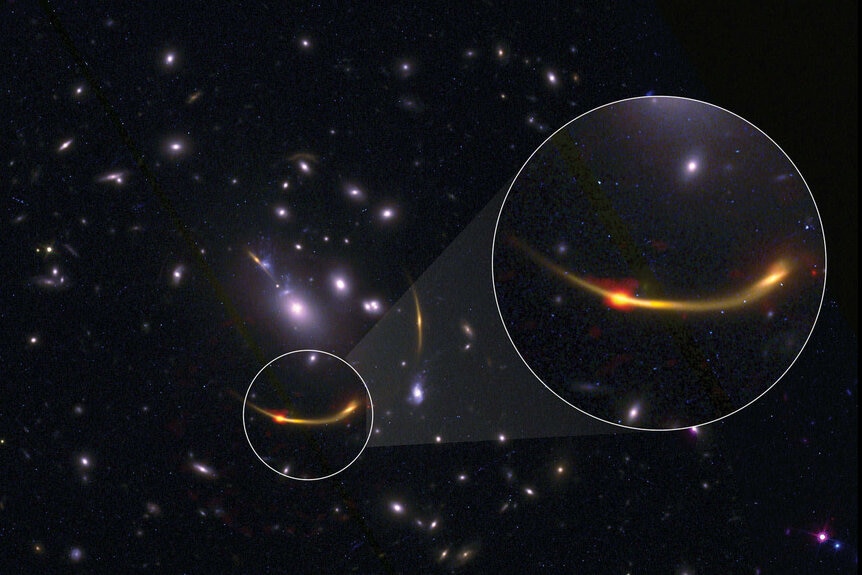Create a free profile to get unlimited access to exclusive videos, sweepstakes, and more!
Galactic death: Some galaxies hit the gas, live fast, and die young

You think the Universe is busy now? Why, back in the day, it was positively overflowing with activity.
If by activity you mean making babies, and by babies you mean baby stars.
When the cosmos was between 2 and 4 billion years old galaxies were just cranking along, converting huge reservoirs of cold gas into stars at a fierce rate, some easily 100 times what we tend to see today in our 13.8-billion-year-old Universe. Because light takes time to get from them to us, we see these galaxies as being 9–12 billion or so light years from us, and almost all the big ones we see at that distance are the proud parents of huge litters of stars. This was a time of peak star formation in the Universe, and in fact astronomers call it “cosmic noon”.
But — and this is a big but — at that distance the bigger galaxies tend to be luminous, the ones making the most stars. Ones with lower star birth rates are much harder to see, so we may be suffering what’s called an observational bias, or a selection effect. Those faint galaxies might be there, but we can’t see them.
So how do astronomers see if they’re out there?
A new study examined six galaxies like this, aided by a bizarre relativistic effect called gravitational lensing which amplified their light. These galaxies are relatively rare and difficult to observe, so finding them lensed helps immensely.
By coincidence, for each of these galaxies, there is a big cluster of galaxies in between them and us. The gravity of these clusters warps space around themselves, and as the more distant galaxies’ light passes by it can be amplified, magnified, and distorted spatially. I’ve written about this many times, including, oddly enough, about one of the galaxies in this new work! The galaxy MRG-M013816 sites behind the enormous galaxy cluster MACSJ0138.0-2155, and its light is warped into multiple streaks and arcs. As it happens I wrote about this cluster and galaxy yet again just a week ago, since a star exploded in the galaxy and allowed astronomers to look into the evolution of that supernova. I explain all about lensing in those articles, so I strongly urge you to take a look.
The six galaxies were chosen for this study specifically because it looks like they aren’t making many stars. All six are relatively large, with a hundred billion stars or more (much like the Milky Way), but are also intrinsically faint, and we can only see them easily because their light is amplified by the lensing.
The astronomers looked at them using ALMA, the Atacama Large Millimeter/submillimeter Array, which detects light at much longer wavelengths than the light we see. This type of light is emitted by dust in galaxies, and as it happens the amount of dust tends to scale very well with the amount of cold gas (in general, there’s 100 times as much cold gas as dust). So by measuring the brightness of the dust they can measure how much dust there is, and use that to see how much cold gas there is… and that gas is the fuel needed to make stars.
What the scientists found is that these galaxies are seriously depleted in dust and therefore gas: they could only detect two of the galaxies at all (including our old friend MRG-M103816), and even those were quite faint. For the other four they could only get an upper limit to the brightness, meaning if the galaxies were any brighter than this they would’ve been seen.
Scaling this to the amount of gas, they found that these galaxies had only a tiny fraction of the amount of cold gas as expected, even for normal galaxies at that distance. In other galaxies, the mass of the cold gas is up to half the mass of the total number of stars, but in these it’s far less; the highest was less than 5%, and another was less than 1%.
These galaxies are seriously not gassy. What happened to them?
It’s not clear. In many galaxies, like our own, the gas gets used up over time, many billions of years, but for these galaxies it looks like their gas was gone after they were only a billion years old. And it doesn’t appear that the gas is there and not being used to make stars; it’s just not there.
There are ways to lose gas. One is to be moving rapidly through space and having the gas blown out. That usually takes a long time though. Another is if the central supermassive black hole every galaxy seems to have is actively feeding. Material falls in and gets extremely hot, and this creates a powerful wind of subatomic particles that can blow the gas away, or heat it up enough that this survey wouldn’t see it (since it only traces cold gas). It’s not clear what mechanism is at fault in these cases, but something quenched these galaxies.
If this is all correct, the future of these galaxies is bleak: Without gas to make new stars, all the previously made stars will eventually die off and the galaxy will grow dark. In essence they will die. That may be the fate of every galaxy, truthfully, but not for many billions of years yet. For these few, it’s imminent.
I’ll note it’s also possible that the underlying assumptions may be off; for example, maybe at this distance dust brightness doesn’t trace cold gas mass in the way we think (the astronomers note that the temperature of the dust plays a role here, so if the dust is warmer than thought the ALMA data won’t show it as well).
These questions need to be answered if we want to understand how galaxies have changed from the time they were born to the present day, and that, unsurprisingly, is a question astronomers would really like to answer. Galaxies are one of the fundamental units of structure in the entire Universe, and what these observations show is that we’re still trying to figure them out.
But hey, that’s cool: That’s science. We’re still a bit new to these kinds of observations, and if we had all the answers there wouldn’t be any discoveries.
And what fun is that? The joy is in the mystery, and the process of solving it. That’s where we are right now, and honestly, it’s a good place to be.





























